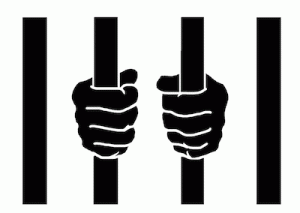Over the course of my advertising career, now in its 30th year, I have seen two kinds of creative briefs. The first is the “kitchen sink” version. The writer essentially had no idea what belonged, so everything went into it. The second version I’ll call the “Client Brief 2.0,” a kind of cut-and-pasting from whatever document the client hands over to the ad agency account team.
Either version reveals much about both the writer and the process. When I would receive one of these briefs, it was easy to conclude that the writer was not up to the challenge of what an inspired creative brief should be. The brief, this person seemed to be saying, is beyond me.
I understand. While training around the creative brief is much improved since I began my career in the 1980s, it is still far from acceptable. Evidence the piles of poorly written briefs.
So start thinking about the brief differently.
It is not an invitation to your creative team to do whatever they want. It is not a blank check, or a blank slate, on which they can live out their creative fantasies.
Instead, think of the creative brief as a prison of opportunity. Better yet, it is the ideal liberating constraint.
David Ogilvy is famously quoted as having said, “Give me the freedom of a tight (creative) brief.”  This is another way of defining the term liberating constraint. Here is another:
This is another way of defining the term liberating constraint. Here is another:
A liberating constraint restricts one’s freedom in one sense (or dimension), where the restriction allows greater freedom in another direction.
As a former working creative (copywriter then creative director), I always reveled in the restrictions of a creative assignment. I preferred to tackle new campaign ideas for a back hoe rather than Coca Cola. A back hoe has definable benefits and a very targeted user. Coke is, well…for everyone, and no matter how hard you dig to find evidence to the contrary, it’s a parity product.
A creative brief, by definition, must wear its liberating constraint elegantly. The writer must first establish clear objectives. The nature of well-defined objectives creates clear constraints for the creative team.
As a brief writer, think of your job as identifying the dragon your creative team must slay. This dragon is your objectives. Give the creatives detailed information and a clear set of objectives, David Ogilvy was saying, and the confines of this information become the catalyst for their ideas.
They will be boxed in by these objectives, and if you’ve presented them reasonably well, the creative team will use them as a springboard for advertising concepts.  They will push against your boundaries until the ah-ha moments arrive. Give them structure as well as information, and they will find the room they need to work.
They will push against your boundaries until the ah-ha moments arrive. Give them structure as well as information, and they will find the room they need to work.
This is your challenge as the brief writer. Or better, as a member of the small brief-writing team. You compel the creative team onward to creative brilliance by providing them with a document that by its very nature holds them back and forces them to accept constraint.
You just don’t want to tell them that. It’ll be our secret.

